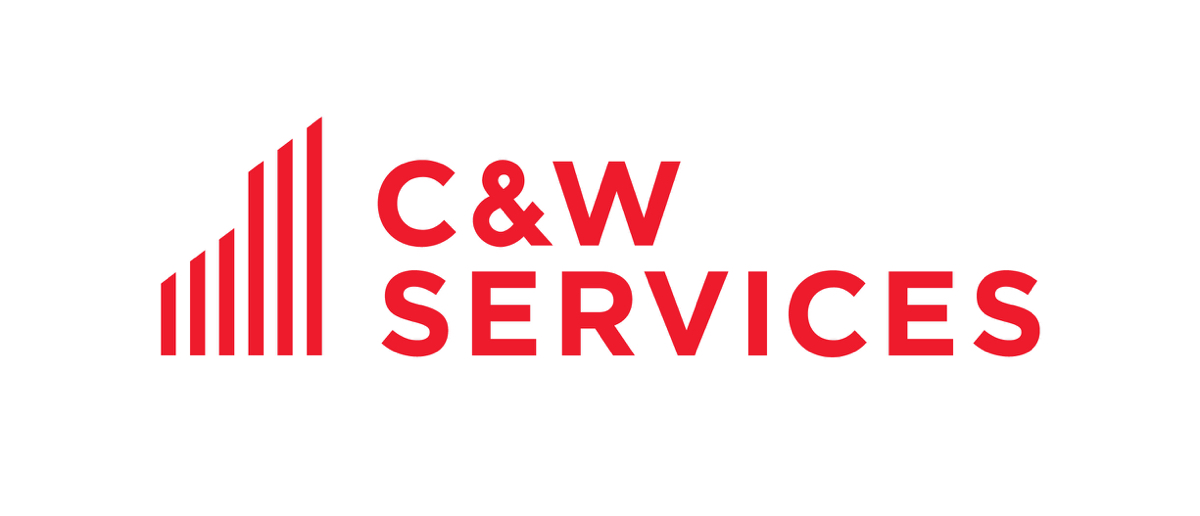Information
-
Document No.
-
Client / Site
-
AREA:
-
Conducted on
-
TASK:
-
Entered by:
-
Location
-
UTAKE 5 completed by:
-
UTAKE 5 completed when:
Step 1. STOP AND LOOK
-
The action of stepping back and observing is a good habit to get into
-
Observe work area and surroundings
Step 2. THINK THROUGH THE TASK
-
Have a clear plan in your mind on how to do the task safely.
-
Work scope / Procedures / JHA or JSA understood and in use
-
Correct permit requirements obtained and in use
-
Correct PPE obtained and in use
-
Correct Tools / Equipment used and in good order
Step 3. IDENTIFY THE HAZARDS
-
Just because it hasn't happened doesn't mean it won't happen
-
Look close
-
Tool condition Chemical handling
Working at heights Equipment handling
Slips, trips and falls Manual handling
Lacerations Noise
Untidy housekeeping Missing machine guards -
Look wide
-
Conflicting tasks Spills and leaks
Pedestrian & vehicle traffic Blocked access & egress
Emergency exits Emergency equipment
Poor lighting Damaged vehicles
Work environment Ergonomics -
Look for the hidden
-
Products & chemicals Thermal (hot & cold)
Electricity Heat stress
Compressed gases Biological
Vapors inside Toxic/asphyxiating gases
Confined spaces Physical / weight
Corrosion Body position -
Hazard Details - List or take a picture(s) of the hazards you identified - Hazards identified are:
-
Add media
Step 4. CONTROL AND COMMUNICATION
-
Hazard Control Details - List or take a picture of how the hazard(s) will be controlled to protect you:
-
Add media
-
Hazards controlled before the task is started
-
Share learnings with others in crew / team - Do the people working with you understand the hazards and controls in the same way you do?
Step 5. DO THE TASK SAFELY
-
Control - Hazards must be controlled before the task is started - Can the job be done safely? (If no, STOP and contact your Supervisor)
-
AFTER A BREAK - STOP, LOOK, AND REVIEW YOUR UTAKE 5
Complete and send this document to your Supervisor







